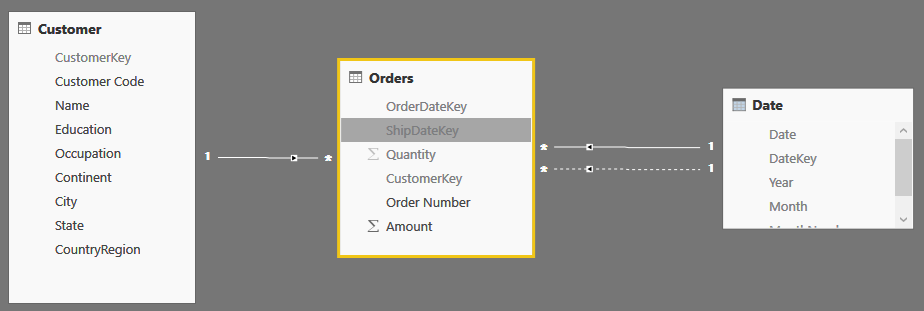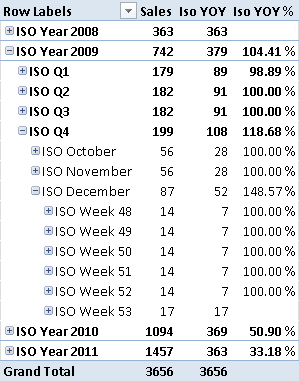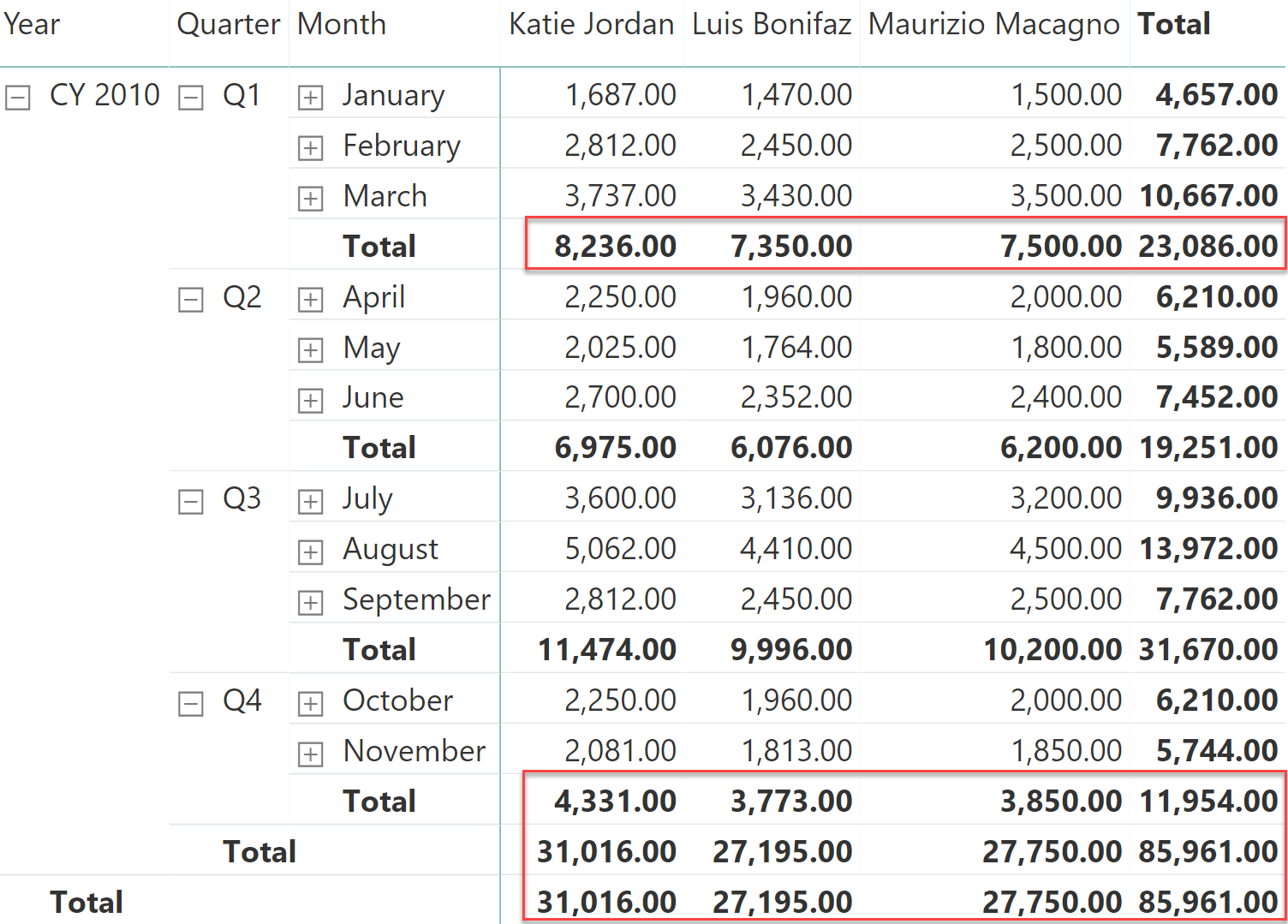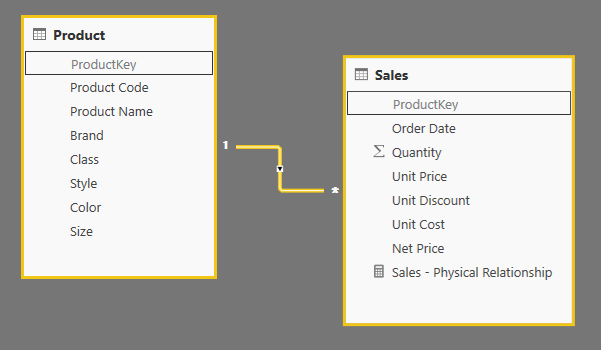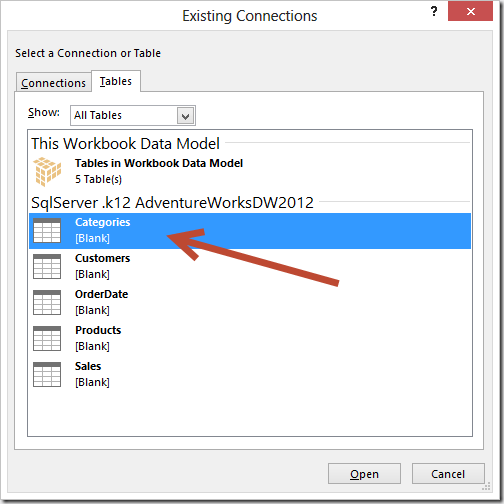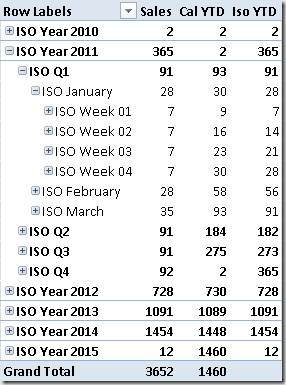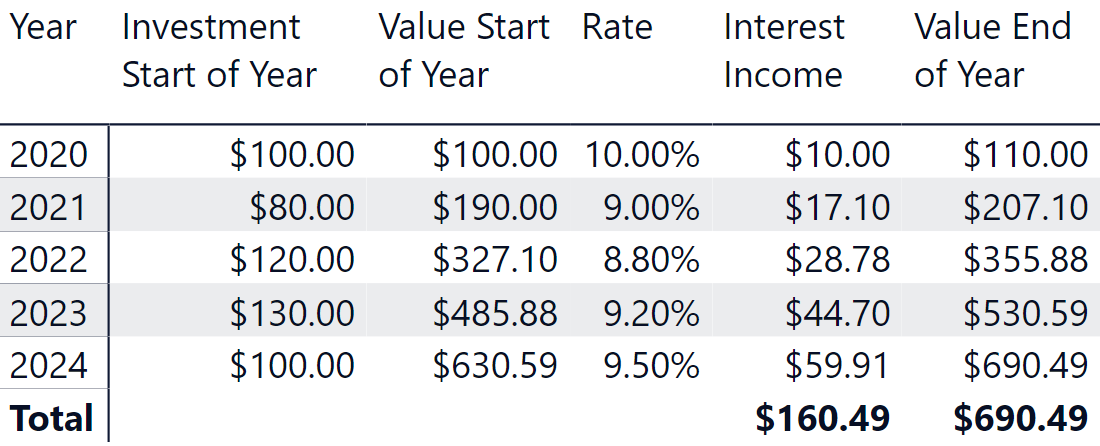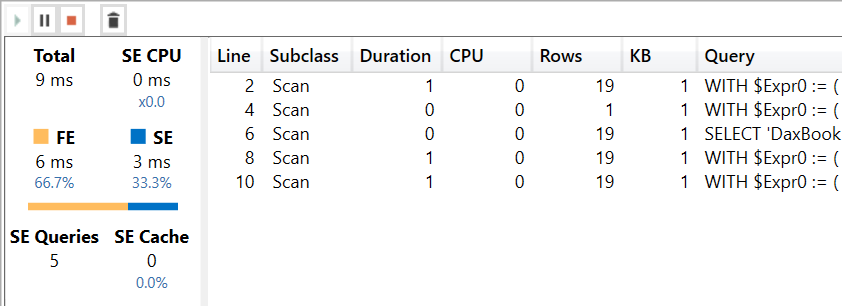Topic: Power Pivot
-
This article analyzes how to efficiently work with events that lasts over time, such as the duration of an order considering the distance between order date and ship date. Read more
-
This article describes how to implement a custom year-over-year calculation in DAX based on arbitrary associations between different periods. As an example, we describe the comparison of the 53rd week in a ISO Calendar. Read more
-
Values such as inventory and account balance, usually calculated from a snapshot table, require the use of semi-additive measures. This article describes how to implement these calculations in DAX according to your specific requirements. Read more
-
Values such as inventory and balance account, usually calculated from a snapshot table, require the use of semi-additive measures. In Multidimensional you have specific aggregation types, like LastChild and LastNonEmpty. In PowerPivot and Tabular you use DAX, which is flexible… Read more
-
DAX calculations can leverage relationships present in the data model, but you can obtain the same result without physical relationships, applying equivalent filters using specific DAX patterns. This article show a more efficient technique to apply virtual relationships in DAX… Read more
-
This article contains a short checklist of what you have to do in order to optimize the memory used by a data model in PowerPivot or in Analysis Services Tabular, including links to tools and resources that can help you… Read more
-
In PowerPivot for Excel 2010 it is possible to import an Excel table in a PowerPivot data model by using the Linked Table feature. Excel 2013 expands this capability by Read more
-
The DAX language provides several Time Intelligence functions that simplify writing calculations such as year-to-date (YTD), year-over-year (YOY) and so on. However, if you have a special calendar structure such as a 4-4-5 weeks’ calendar, you need to write your… Read more
-
This article describes how to write efficient DAX expressions that compute the compound interest of incremental investments made throughout the holding period, using the PRODUCTX function. Read more
-
This article describes the differences between eager evaluation and strict evaluation in DAX, empowering you to choose the best evaluation type for your data models. Read more
